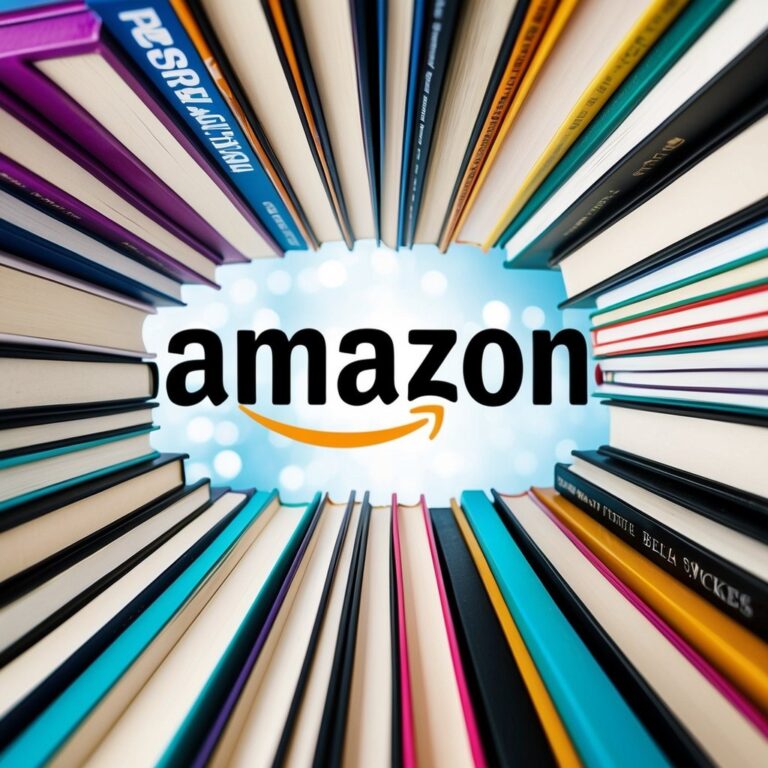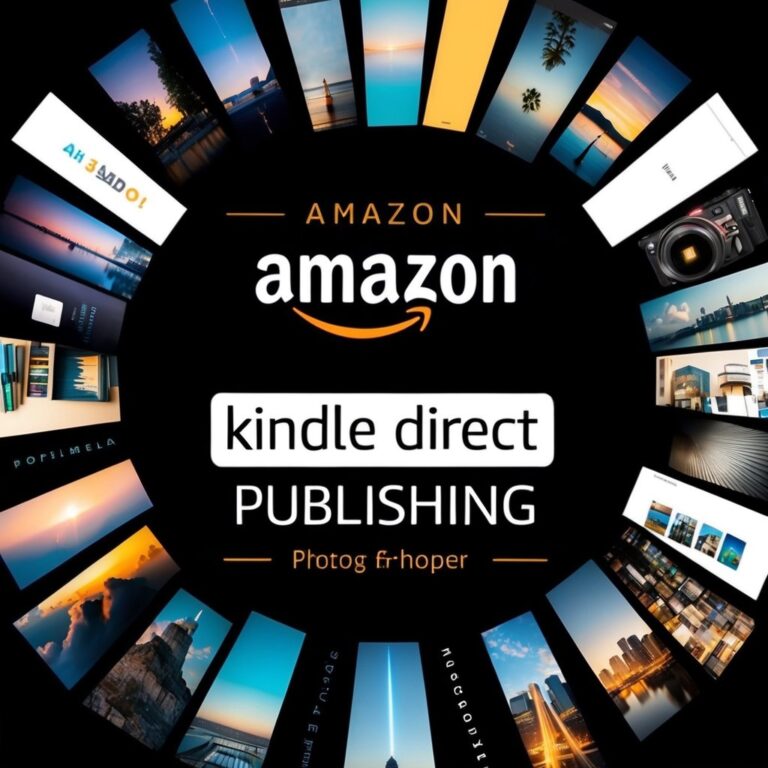Amazon Bookstore: Top 6 Features You Should Know
The Amazon bookstore has become a notable part of the retail landscape, attracting readers and book lovers alike. It offers a wide variety of genres, including best sellers, biographies, and children’s books. This bookstore enhances the shopping experience by combining online convenience with a physical space for browsing.
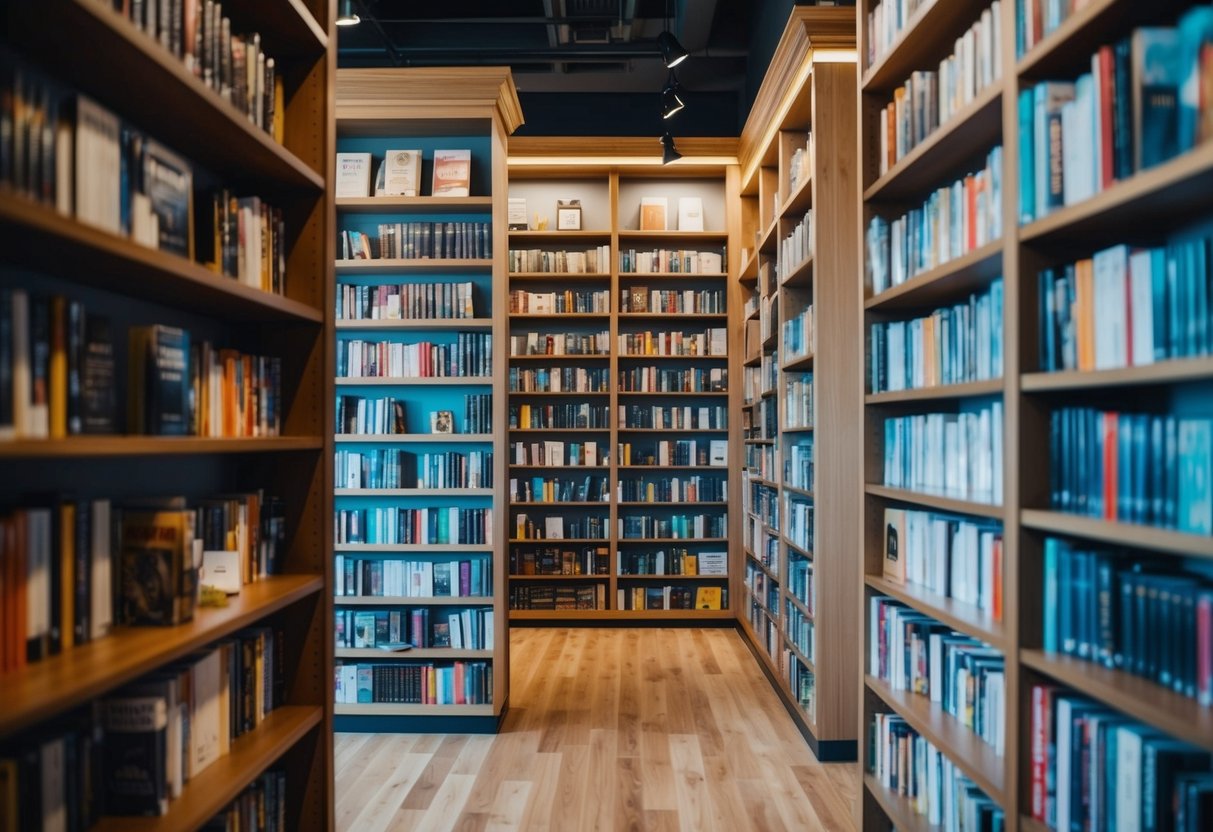
Online shopping for books has changed how people access literature, but physical bookstores still hold a special place for many. With a diverse selection, Amazon’s bookstore caters to various interests and needs. This model reflects the shift towards integrating technology with traditional retail experiences.
1) History of the Amazon Bookstore Cooperative

The Amazon Bookstore Cooperative was founded in 1970 in Minneapolis, Minnesota. It began with two women selling books from their home.
This store became the first lesbian and feminist bookstore in the United States. It aimed to provide a space for women and marginalized voices.
Over the years, the bookstore grew in popularity. It served as a community hub and a source of feminist literature.
After nearly 38 years of operation, the Amazon Bookstore Cooperative closed in 2012. Its legacy continues to influence feminist bookstores today.
2) The Rise of Amazon.com in Book Retail

Amazon.com began in 1994 as an online bookstore. Its founder, Jeff Bezos, aimed to offer more books than a typical store could hold. This strategy attracted many customers seeking a vast selection.
By 1997, Amazon expanded its services beyond books. It started to sell music and movies, further growing its customer base. The easy-to-navigate website made shopping convenient.
Amazon’s focus on customer service helped cement its reputation. Fast shipping and user reviews contributed to its popularity. This success allowed the company to experiment with other products, eventually becoming a leader in e-commerce.
3) Amazon’s Online Book Shopping Experience

Amazon provides a convenient platform for online book shopping. Users can easily browse through a large selection of titles across various genres.
The website features competitive pricing, often offering discounts on popular new releases. Customers can find both physical books and e-books.
Amazon’s user interface is designed to make searching simple. It includes categories like best sellers and recommendations based on previous purchases.
Additionally, customers can read reviews and ratings before making a choice. This helps shoppers make informed decisions when selecting books.
4) Impact of Amazon on Traditional Bookstores

Amazon has changed the way people buy books. Its large selection and lower prices attract many customers. This puts pressure on traditional bookstores.
Many local bookstores struggle to compete. They often do not have the same resources as Amazon. This leads to a decline in sales for some independent shops.
Despite this, independent bookstores offer unique experiences. They provide personal service and community events that Amazon cannot match. Some customers prefer this over online shopping.
Barnes & Noble has found ways to succeed alongside Amazon. It adapts by enhancing its in-store experience and offering more events. This shows that traditional bookstores can still thrive despite Amazon’s influence.
5) Transition from Physical to Digital: Kindle Revolution
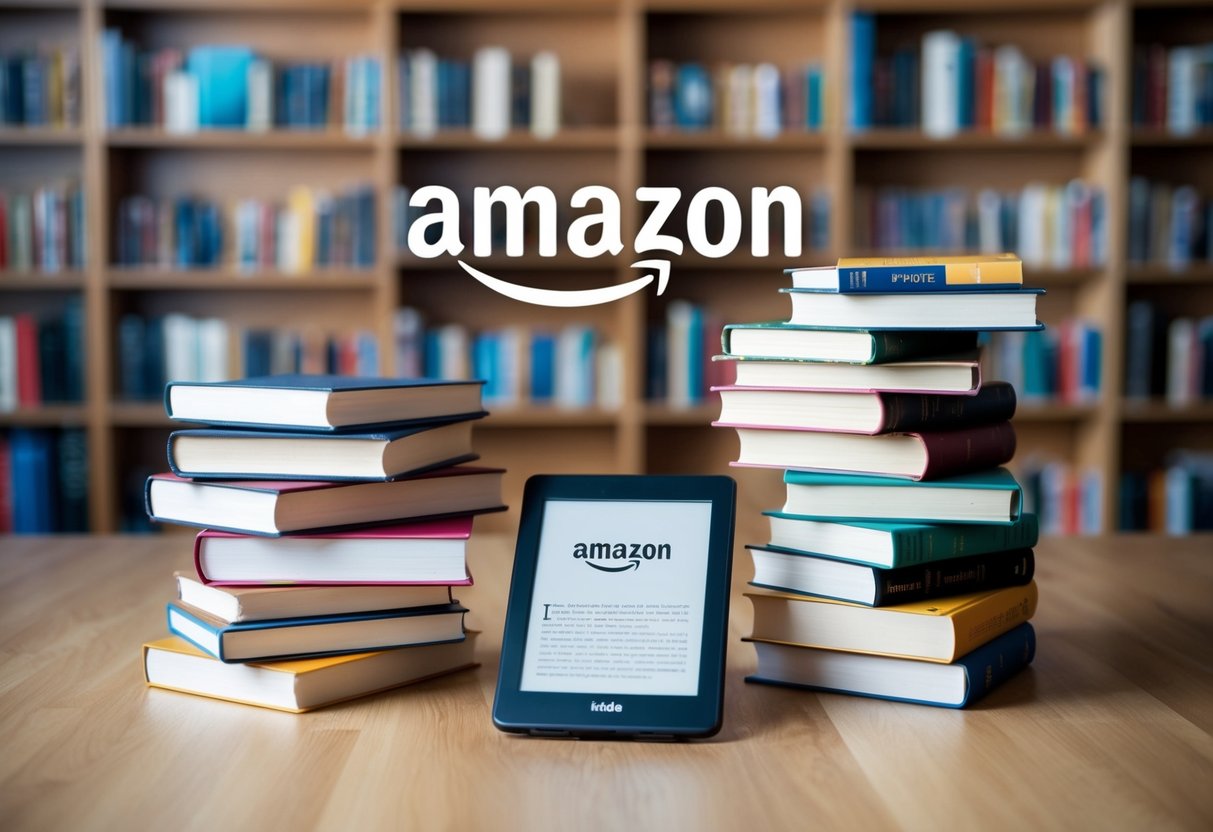
The rise of Amazon’s Kindle marked a significant change in how people read. It shifted the focus from physical books to digital formats, making reading more accessible.
Readers can easily carry many books on a single device. This convenience appeals to those who enjoy reading on the go.
The Kindle also changed how books are published. It allowed many authors to self-publish, creating a wider variety of content for readers.
Despite this digital shift, physical books still remain popular. Many readers continue to enjoy the feel and look of traditional books.
6) Amazon’s Bestseller Lists System

Amazon’s bestseller lists are based on book sales in specific categories over a set time period. Each category has its own ranking system, reflecting the most popular books at any given moment.
The system updates frequently, allowing new titles to appear quickly. This feature gives authors a chance to reach more readers based on current trends.
Books like “The Let Them Theory” and “Forgotten Home Apothecary” showcase popular selections on these lists. The lists also include genres like fiction, with works such as the “Harry Potter” series and titles by Rebecca Yarros gaining attention.
Being on a bestseller list can significantly boost a book’s visibility and sales. This highlights the importance of ranking within Amazon’s marketplace.
History of Amazon Bookstore
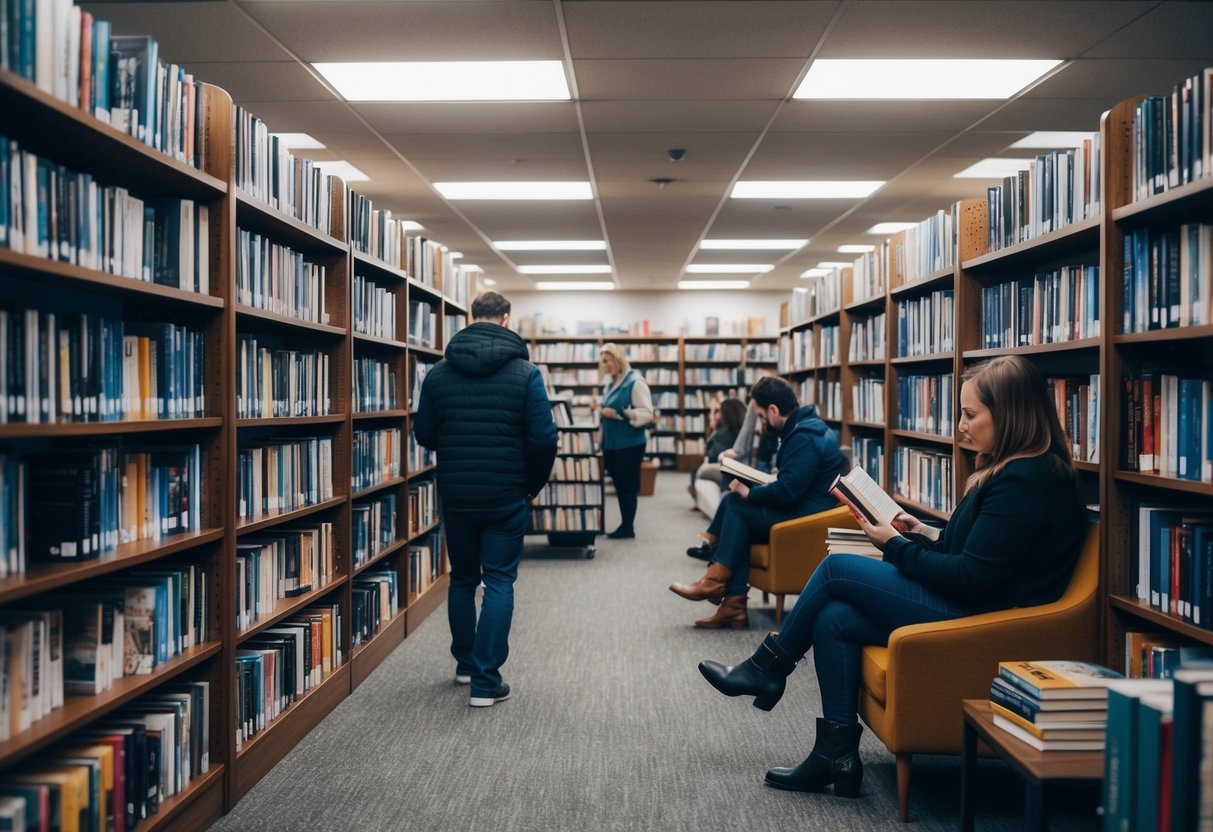
Amazon began as a transformative online bookstore, changing how people think about buying books. Its growth has been impressive, starting from humble beginnings to becoming a major player in e-commerce.
Origins and Launch
Amazon was founded by Jeff Bezos in 1994. Initially, it started as an online bookstore, officially launching in July 1995. The company positioned itself as “Earth’s Biggest Bookstore,” offering a wide range of titles that traditional stores could not match.
Bezos’ idea was simple yet powerful. He aimed to create a platform where customers could easily find and purchase books online. With the help of major book distributors, Amazon quickly built a strong selection. This focus on convenience and variety played a crucial role in attracting early customers.
Expansion Over the Years
After its launch, Amazon quickly expanded beyond books. By the late 1990s, it added music, DVDs, and videos to its catalog. This move attracted a broader audience, helping to establish Amazon as a leader in e-commerce.
In 2015, Amazon opened its first physical bookstore in Seattle. This new chapter allowed customers to experience the brand in person while still enjoying its online offerings. Over time, Amazon’s bookstore evolved into a vast marketplace that included not only books but also a variety of other products.
This strategic growth reflects the company’s ability to adapt and innovate, keeping pace with changing consumer needs and preferences.
Features and Services
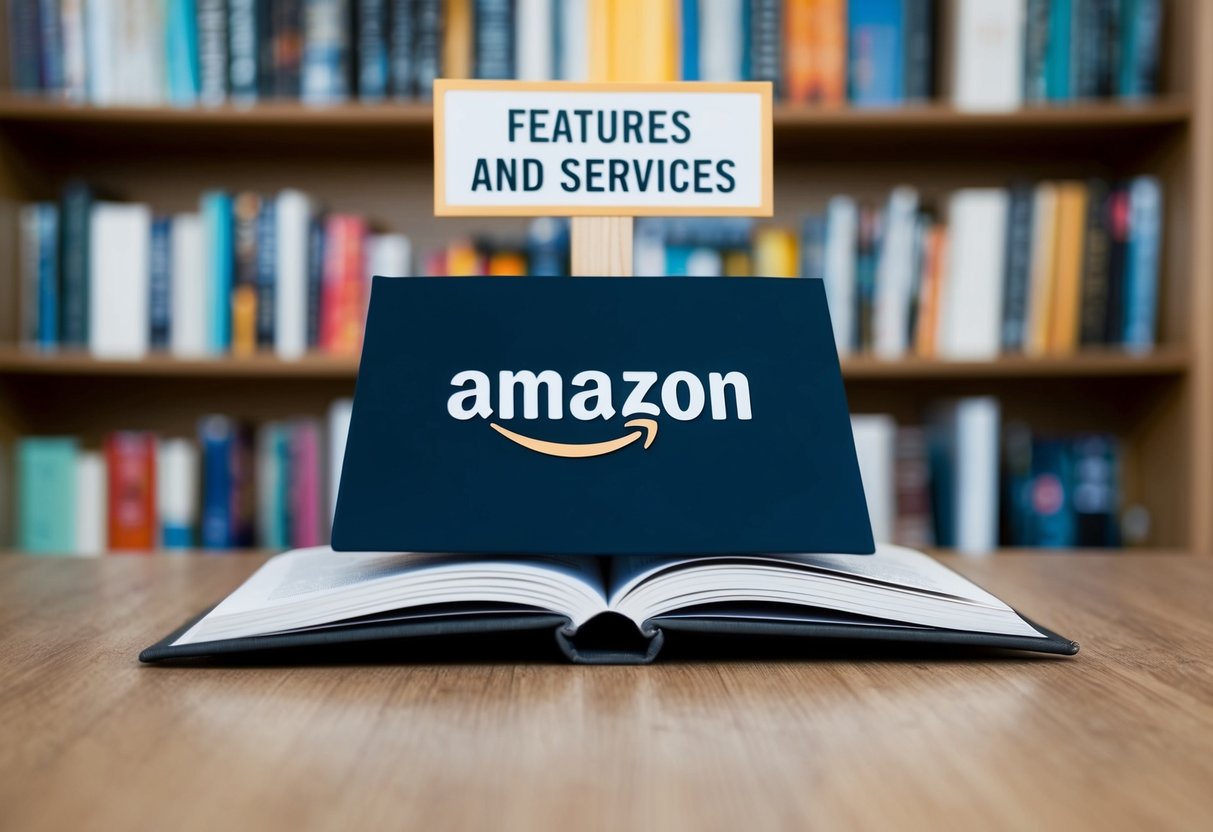
Amazon’s bookstore provides a user-friendly experience combined with unique features that set it apart from traditional bookstores. It focuses on enhancing customer interactions and offers specialized services to meet diverse reading preferences.
Customer Experience
The Amazon bookstore emphasizes a seamless shopping experience. Users can browse through vast selections of books, making it easy to find desired titles or explore new ones.
Key features include:
- Customer Reviews: Buyers can read experiences from others before making a purchase.
- Personalized Recommendations: The platform suggests books based on previous purchases and interests.
- Look Inside the Book: This feature allows users to preview select pages of books, helping them decide before buying.
Additionally, a well-organized interface ensures easy navigation, making it simple for readers of all ages to find their favorite genres.
Unique Offerings
Amazon stands out with its unique services that enhance the reading experience.
Notable offerings include:
- Kindle Direct Publishing (KDP): This service allows authors to publish their work easily, encouraging a diverse range of titles.
- Hardcover Options: Readers can purchase hardcover versions of many titles, providing a tactile experience.
- A+ Content: Enhanced product descriptions with images and videos offer deeper insights into the books.
These features are designed to cater to both casual readers and avid book lovers, ensuring a personalized and engaging experience on the platform.
Conclusion
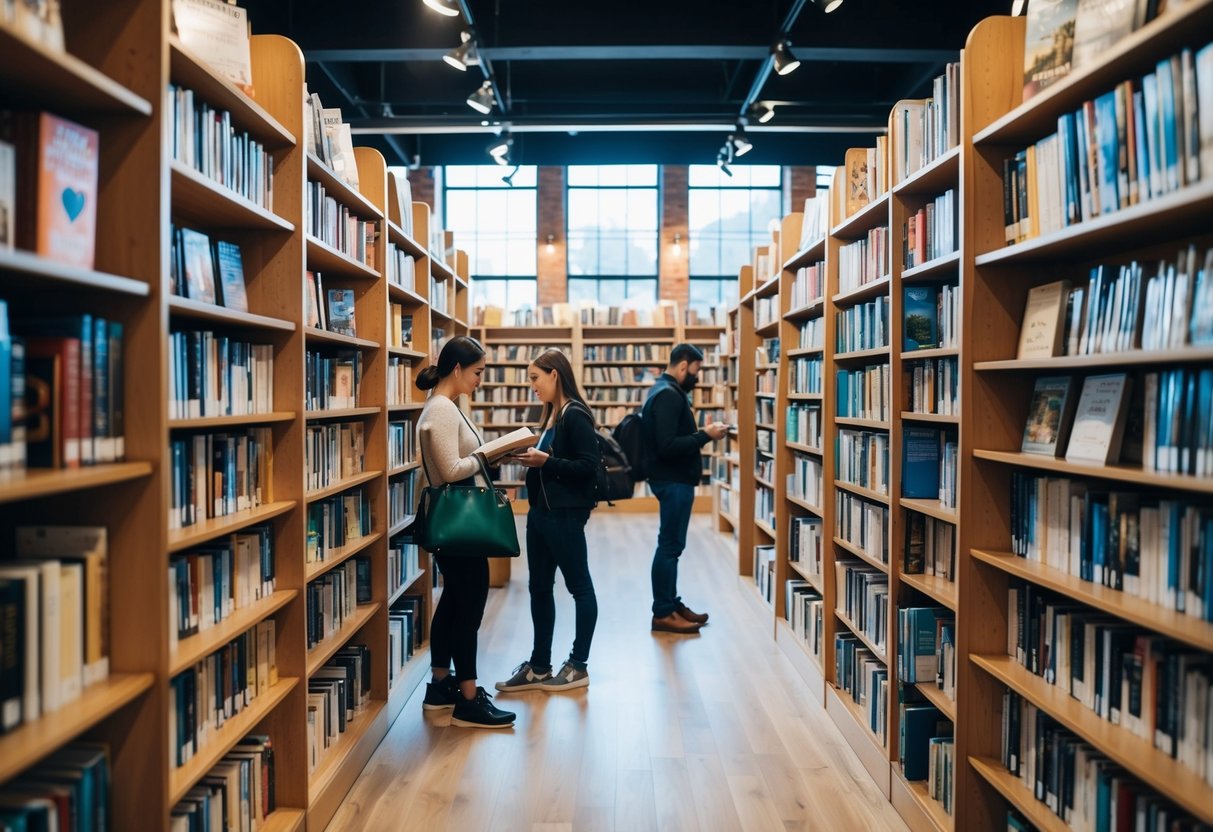
Amazon’s attempt to create physical bookstores faced significant challenges. Despite initial interest, these stores struggled to compete with independent bookstores.
Key Points:
- Amazon’s bookstores showcased a modern design and a selection of books.
- They contributed only 3% of Amazon’s total sales in recent quarters.
- The stores faced criticism for lacking the unique charm found in independent bookstores.
As Amazon closes these locations, it highlights the ongoing evolution of how people buy books. The preference for online shopping remains strong, leaving many to wonder about the future of physical bookstores.
Independent bookstores continue to thrive by offering personal service and community events. This demonstrates that customers value experiences that large corporations cannot replicate.
In summary, the rise and fall of Amazon bookstores reflect broader trends in retail and consumer habits, showcasing the differences between online and traditional shopping.



